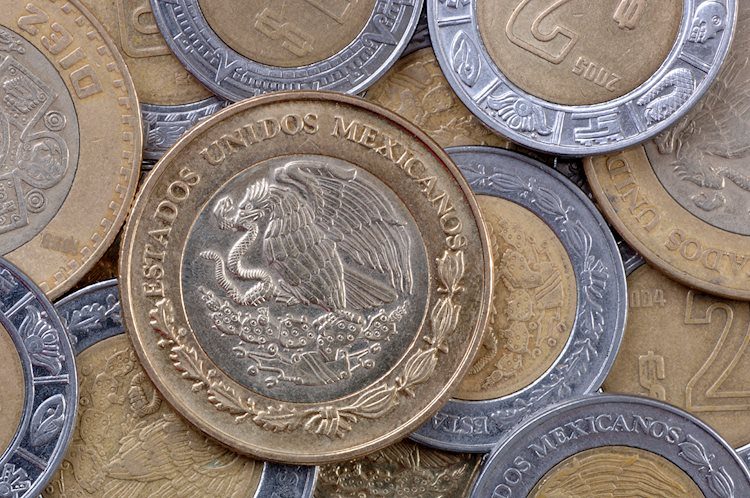The Mexican Peso saw a strong recovery against the US Dollar despite Mexico’s Senate passing a controversial judicial reform. Investors’ focus shifted to expectations of the Federal Reserve (Fed) starting an easing cycle, leading to the Peso trading at 19.75, down by 1.63%. Industrial Production in Mexico for July was lower than expected on a monthly basis but grew annually. The political tension escalated with the Senate approving the reform with 86 votes in favor and 41 against, with further steps required for it to become law.
Data from the US Bureau of Labor Statistics showed lower inflation rates, raising doubts about a potential 50-basis-point rate cut by the Fed. This led traders to realign expectations, with money market futures traders slashing the odds for a 50 bps cut to 15% and increasing the chances for a 25 bps cut to 85%. Meanwhile, the US Dollar has seen a slight increase following the CPI release, with the Dollar Index up by 0.05% at 101.70.
The USD/MXN pair’s technical outlook indicates that the Peso has strengthened, causing the pair to drop below 19.80. The Relative Strength Index (RSI) suggests a mixed sentiment, with a bullish indicator but sellers potentially gaining momentum. In the short term, the pair is expected to tilt downwards, with the first support level at 19.50. Any breach below that could lead to further declines towards key levels such as 19.02 and the 50-day Simple Moving Average at 18.85.
The Mexican Peso’s value is influenced by various factors, including the country’s economic performance, central bank policy, foreign investment levels, and geopolitical trends. Mexico’s central bank, Banxico, aims to maintain low and stable inflation levels through appropriate interest rate adjustments. This policy impacts the attractiveness of Mexican assets to investors and consequently affects the Peso’s value. Macroeconomic data releases play a crucial role in assessing the state of the economy and can impact the Peso’s valuation based on indicators such as economic growth, unemployment, and inflation.
As an emerging-market currency, the Mexican Peso tends to perform well during risk-on periods when market risks are perceived to be low. Conversely, during times of market turbulence or economic uncertainty, the Peso may weaken as investors seek safer assets. In addition, factors such as oil prices, foreign investment, and remittances sent by Mexicans living abroad also play a role in determining the value of the Mexican Peso. Overall, the Mexican Peso’s value is influenced by a combination of domestic and international economic factors, making it a dynamic currency to trade.











